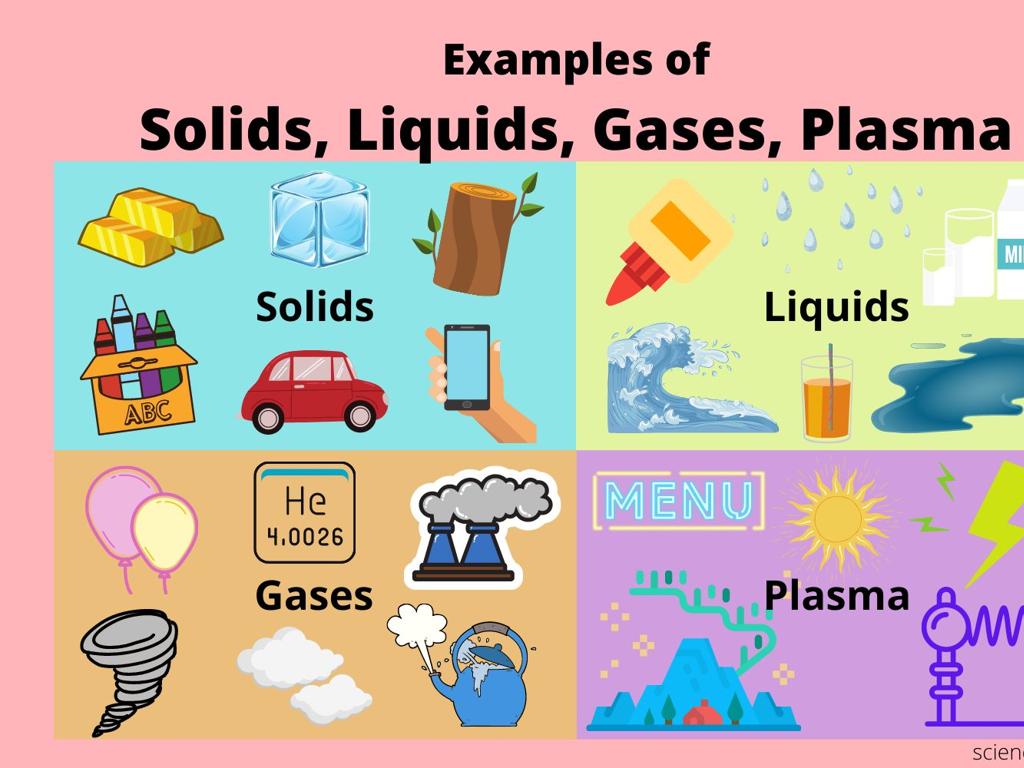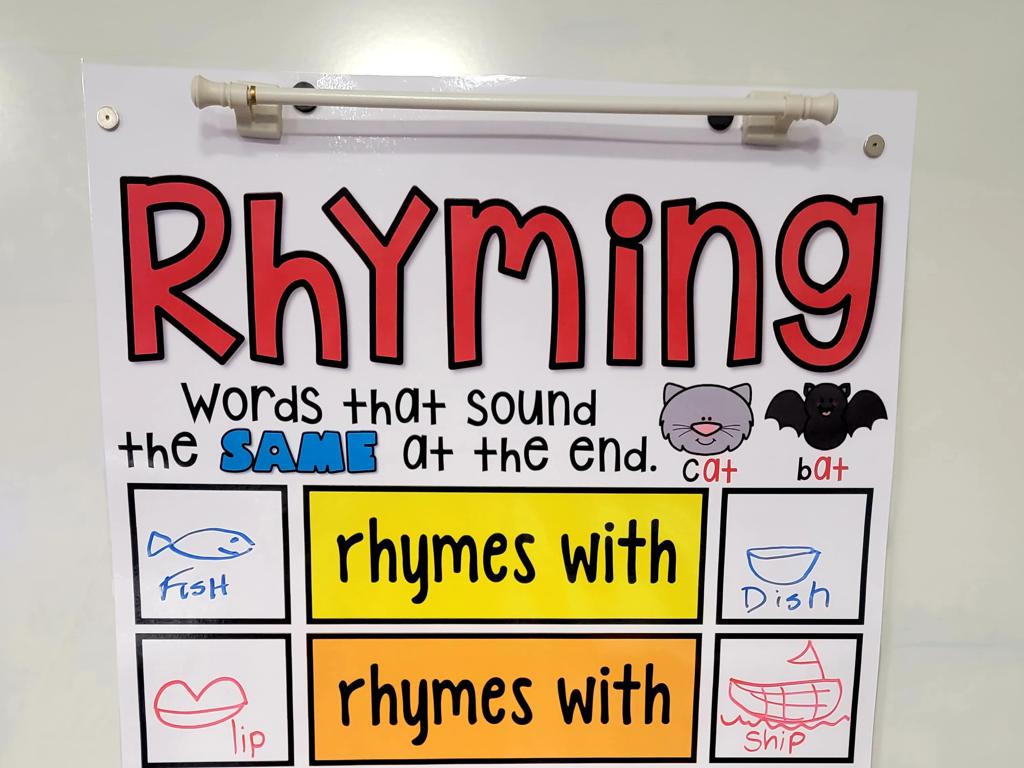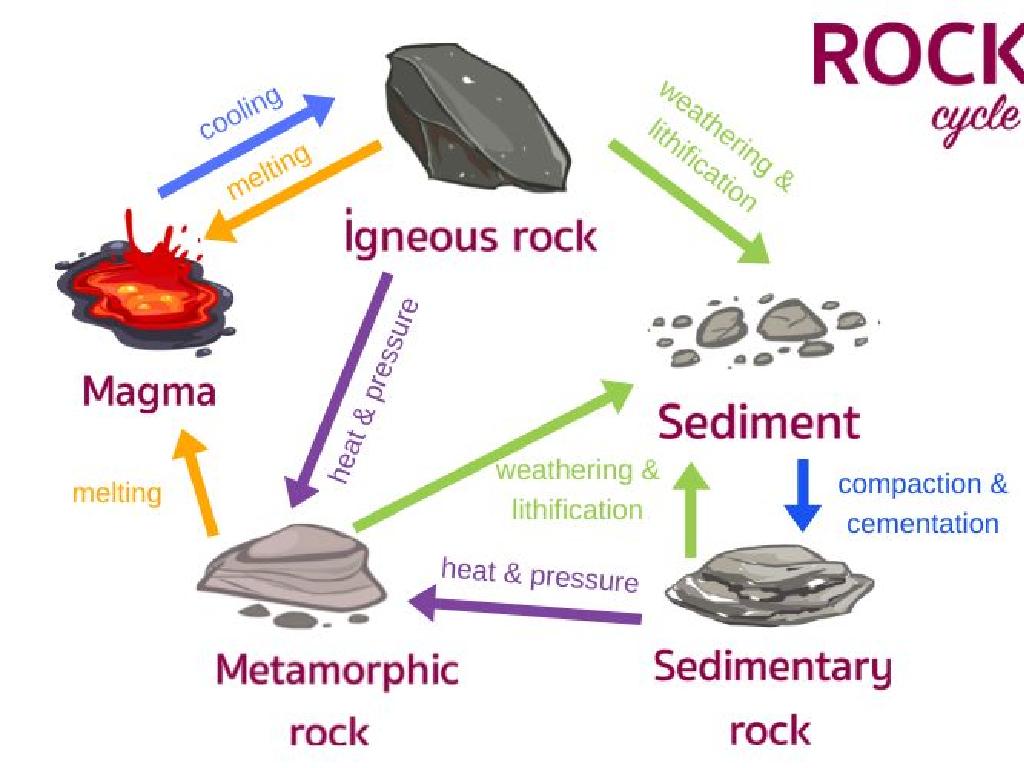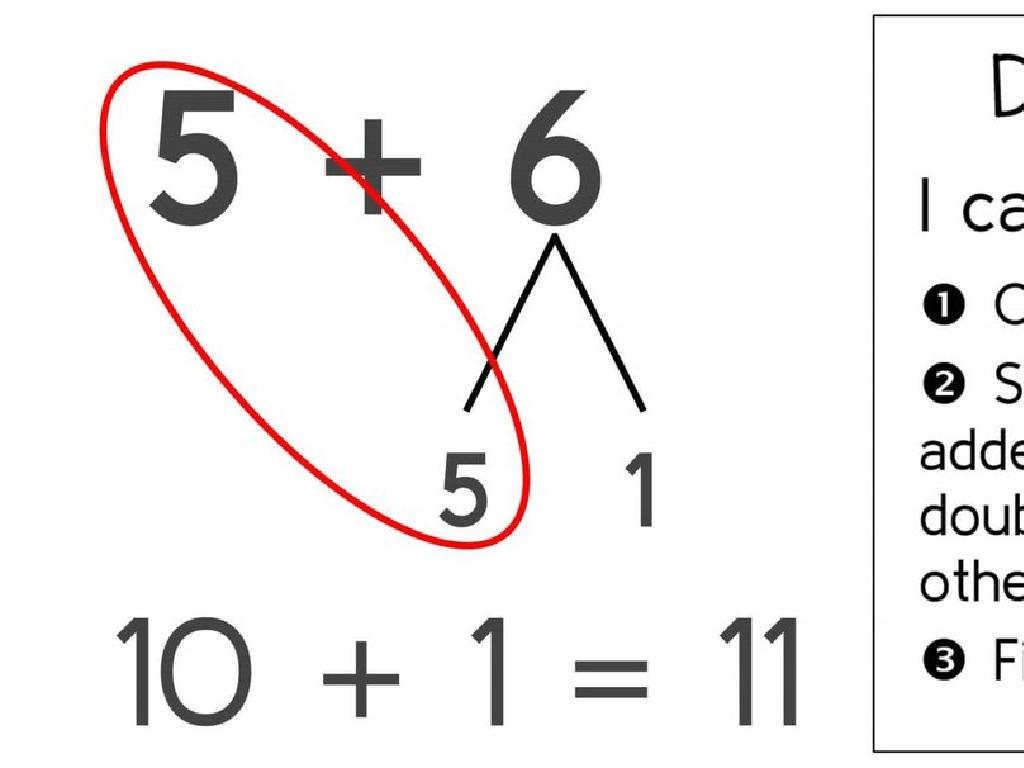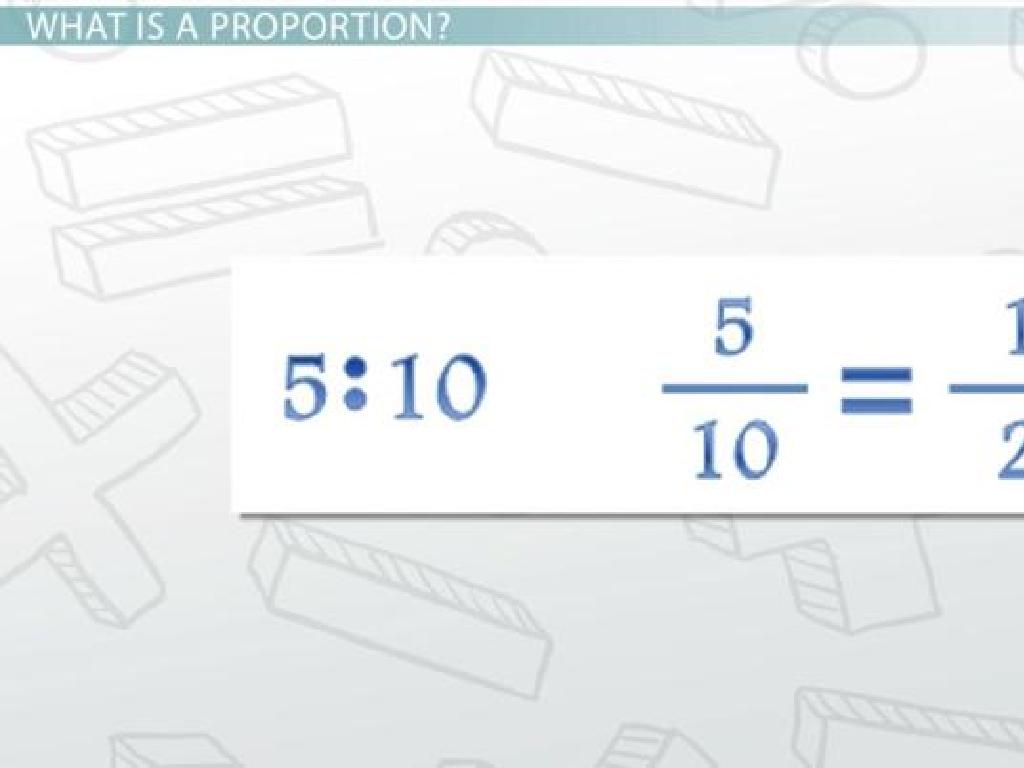Read Realistic Fiction
Subject: Language arts
Grade: Fifth grade
Topic: Literary Texts: Level 2
Please LOG IN to download the presentation. Access is available to registered users only.
View More Content
Welcome to Realistic Fiction!
– Understanding Fiction
– Fiction is a story from the author’s imagination.
– Characteristics of Realistic Fiction
– Realistic Fiction has believable characters and events.
– Exploring Examples
– ‘Because of Winn-Dixie’, ‘Wonder’, and ‘Bridge to Terabithia’.
– Why Read Realistic Fiction?
– It helps us understand real-life situations and emotions.
|
This slide introduces students to the genre of realistic fiction, a type of literature that, while fabricated, feels true to life. Begin by explaining that fiction is a narrative form based on the author’s imagination, not on strict facts. Then, discuss the elements that make a story realistic: plausible characters, settings, and events that could happen in real life. Provide examples of popular realistic fiction books that the students might be familiar with or could find interesting to read. Emphasize the importance of this genre in helping readers develop empathy and a deeper understanding of the world around them. Encourage students to think of stories they have read and consider if they could be realistic fiction.
Elements of Realistic Fiction
– Characters with real problems
– Think of friends with challenges they face
– Settings found in the real world
– Like your school or a local park
– Plots that could truly happen
– Everyday events like a family trip
– Conversations that sound natural
– The way you talk with your friends
|
This slide introduces students to the key elements that make up realistic fiction. Emphasize that the characters in these stories have problems and experiences that the students can relate to, which helps them to connect with the story. The settings are places they can recognize or imagine because they exist in real life, not fantasy worlds. The plots are made up of events that could actually happen, making the story believable. Lastly, the dialogue between characters mimics real-life conversations, using language that sounds like how people talk every day. Encourage students to think of examples from books they’ve read or even come up with their own story ideas that include these elements.
Creating a Setting in Realistic Fiction
– Describing a story’s setting
– Include time and place, mood, and environment
– Use sensory details effectively
– Describe using the five senses: sight, sound, smell, touch, taste
– Practice: Write about a favorite place
– Imagine your favorite place and describe it using sensory details
|
This slide aims to teach students how to create a vivid setting in realistic fiction. A setting is more than just a backdrop; it’s an integral part of the story that can influence characters and plot. Encourage students to think about the time and place of their story, the mood they want to convey, and the environment. Using sensory details helps readers to fully ‘experience’ the story. For the practice activity, students should write a short paragraph about their favorite place, using sensory details to bring it to life. This exercise will help them understand the importance of a well-described setting and how it enhances the reader’s engagement with the story.
Developing Realistic Characters
– What defines a realistic character?
– Realistic characters have relatable traits and flaws.
– Exploring character traits and emotions
– Traits are personality aspects, emotions make them dynamic.
– Activity: Crafting a character profile
– Use a template to build your character’s backstory, desires, and fears.
|
This slide introduces the concept of realistic characters in fiction. Discuss with students that realistic characters are those that readers can relate to or believe could exist in real life. They have a mix of traits, both good and bad, and experience a range of emotions, just like real people. For the activity, provide students with a character profile template and guide them to think deeply about who their character is. Encourage them to consider their character’s history, what they want, what they’re afraid of, and how they react to different situations. This exercise will help students understand the depth required to create a believable character and enhance their creative writing skills.
Plotting the Story: From Start to Finish
– Story structure: Beginning, Middle, End
– Introduce characters and setting, then build up to a problem or event.
– Understanding Conflict and Resolution
– Conflict is a challenge characters face; resolution is how they solve it.
– Practice writing a plot outline
– Create a brief outline with a clear beginning, middle, and end.
– Share your story outlines
|
This slide introduces students to the basic structure of a story and the concepts of conflict and resolution, which are essential elements of realistic fiction. Begin by explaining that every story has a beginning where characters and settings are introduced, a middle where the main events and conflicts occur, and an end where the conflicts are resolved. Discuss different types of conflicts characters might face, such as person vs. person, person vs. self, or person vs. society. For the practice activity, guide students to write a short plot outline for a story idea they have, ensuring they include a clear beginning, middle, and end. Encourage creativity and remind them that conflicts should be relatable to make the fiction realistic. In the next class, provide an opportunity for students to share their outlines and discuss the different conflicts and resolutions they’ve come up with.
Crafting Dialogue in Realistic Fiction
– Writing believable dialogue
– Dialogue should sound natural and fit the character’s personality.
– Dialogue punctuation and format
– Use quotation marks, commas, periods, and new paragraphs to structure dialogue.
– Practice writing character conversations
– Create a dialogue between two characters from a story or imagination.
|
This slide introduces students to the concept of writing dialogue in realistic fiction. Start by explaining that dialogue is the spoken words between characters, which should reflect real conversations and be true to the characters’ personalities. Teach the students the importance of punctuation and formatting in making dialogue clear and easy to follow, including the use of quotation marks and proper placement of commas and periods. For the practice activity, encourage students to think creatively and write a short dialogue between two characters, focusing on making the exchange sound natural and using correct punctuation. This exercise will help them understand how dialogue contributes to character development and plot advancement in realistic fiction.
Exploring Realistic Fiction
– Identifying realistic fiction traits
– Stories that could happen in real life, with relatable characters and settings
– Read an excerpt together
– Choose a passage that illustrates everyday challenges or experiences
– Discuss the excerpt’s elements
– Analyze the characters, setting, and plot; how do they contribute to the story feeling real?
– Share personal thoughts
– What did the story make you think or feel? Can you relate to the characters?
|
This slide is aimed at helping students understand the genre of realistic fiction, which includes stories that could potentially happen in real life and often involve relatable characters and settings. Start by defining the characteristics of realistic fiction. Then, read a selected excerpt from a realistic fiction book as a class, ensuring the passage reflects common experiences or challenges to highlight the genre’s traits. After reading, facilitate a class discussion about the elements of the excerpt, focusing on how the characters, setting, and plot make the story believable. Encourage students to share their personal reactions to the story and to draw connections between the excerpt and their own experiences. This activity will enhance their comprehension and appreciation for realistic fiction.
Class Activity: Write Your Own Story!
– Write a realistic fiction story
– Choose setting and characters
– Think of a place and people you imagine
– Outline plot with problem and solution
– What challenge do they face? How is it resolved?
– Include dialogue between characters
– Show how your characters talk and react
|
This activity is designed to apply students’ knowledge of realistic fiction by creating their own stories. Encourage them to draw from personal experiences or observations to craft a setting and characters that feel authentic. Guide them to develop a plot that includes a relatable problem and a satisfying solution. Emphasize the importance of dialogue in revealing character personality and advancing the story. Provide a structured worksheet to help them organize their ideas. Possible activities: 1) Students can work in pairs to brainstorm ideas. 2) They can create a storyboard to visualize their story. 3) Have them act out a scene from their story. 4) They can illustrate a scene. 5) Organize a peer review session where they give constructive feedback to each other.

